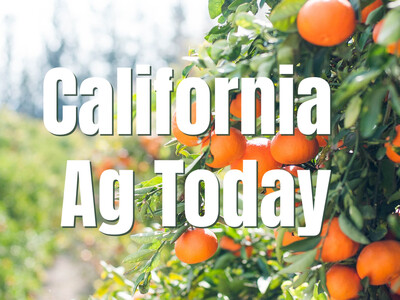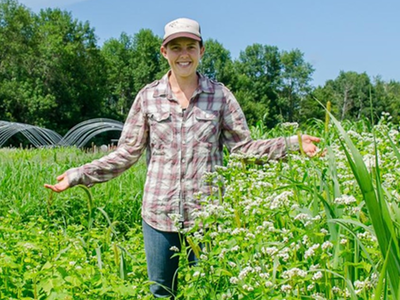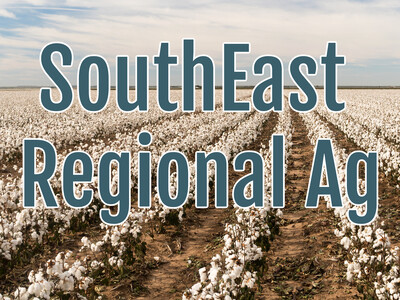Why Farms are Hard to Finance
Over the long-haul people that buy farms can expect them to return between ten and eleven percent on their investment. Still, that probably will take a couple of decades.Farmers live poor and die rich. Most in agriculture have heard this old adage and understand it. It rings true because, as University of Illinois Extension Agricultural Economist Gary Schnitkey explains, the return from a farm comes in two forms and the liquid one doesn't really cover the cost of ownership.
“So, if you look at what makes up returns you'll find two parts of it. The current return, which for farmland is cash rent or what the farmer gets from farming it, and there is capital gain. The capital gain is the change in the farmland price over time.”
It used to be that the split between these two income sources, the return from farming the farm or the current liquid cash return, and the return from the investment in the farm or the capital gain was about equal. That's no longer the case and it makes it really hard to finance buying a farm says Schnitkey.
“Over time the current return has been decreasing. It averaged, from the 1970 to 2021 period five percent, and now it is down to three percent.”
In practice this declining annual income portion of owning the farm, the part you get from selling the crop, isn't enough to service the debt or the mortgage on the farm unless the down payment was bigger than fifty percent of the purchase price.
“So that comes back to the old adage that farmers live poor and die rich. Part of the reason that is, is because if you are buying land, you must find alternative sources to finance that farmland.”
The end result says Gary Schnitkey is that farmland is a good asset, returning ten to eleven percent over the long run but that the entry cost is really high.













